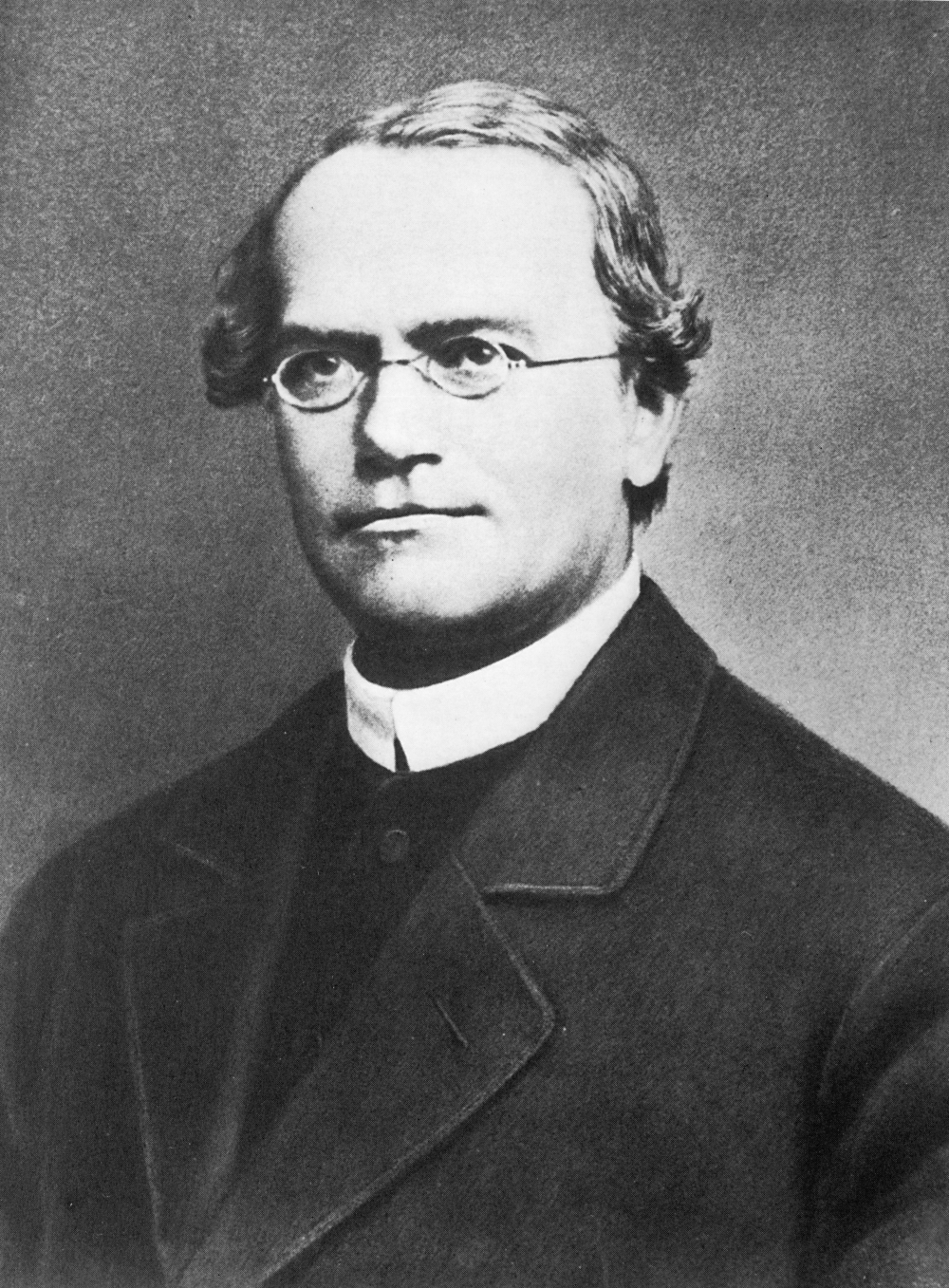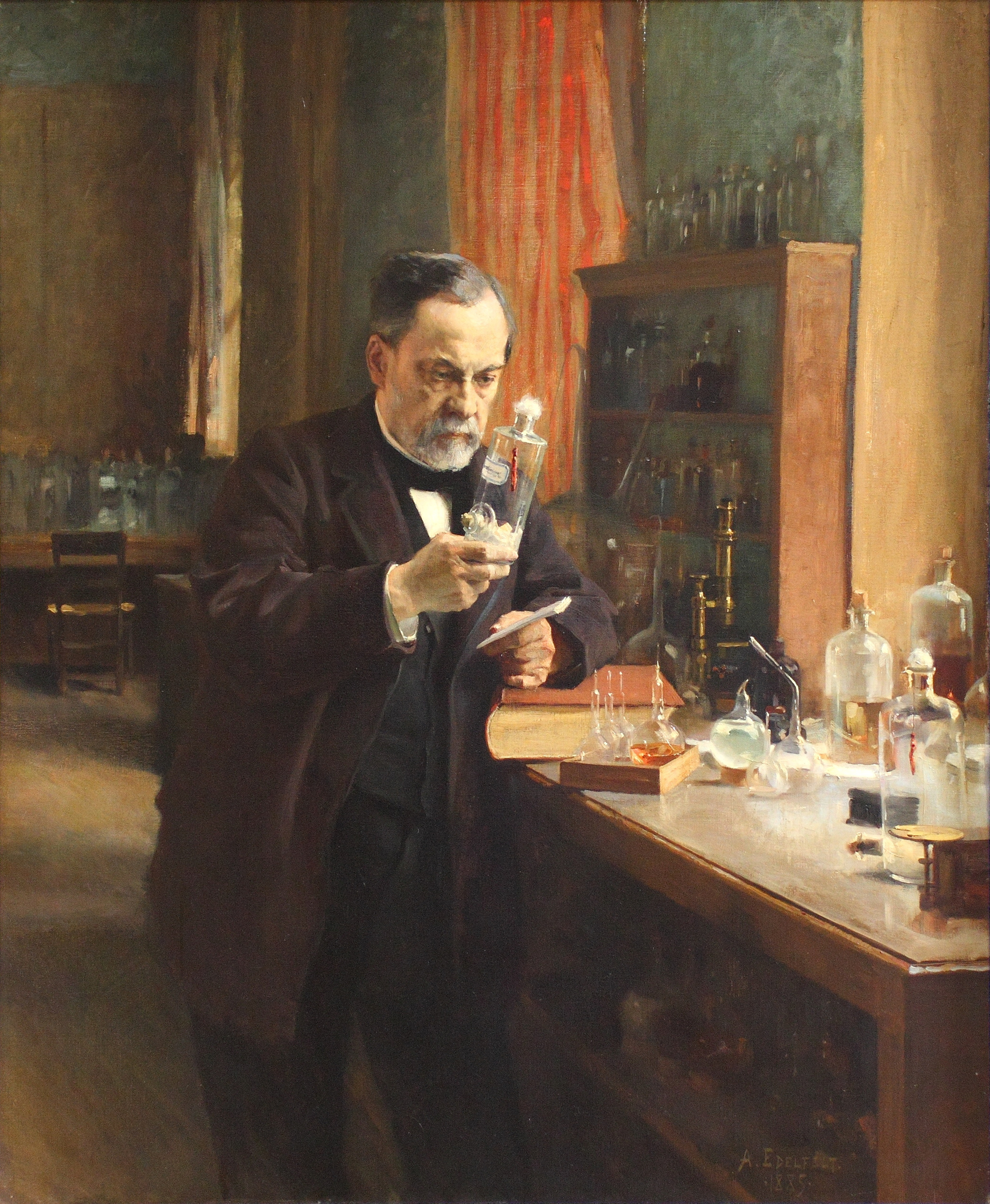Don't miss your chance to invest in 'Fabiola'!
Visit our crowd-funding page for our new production, "Fabiola"!
- Home
- The Importance Of Good Stories
- Gregor Mendel
Who Was Gregor Mendel?
The Monk Whose Fascination With Breeding Plants Merited Him The Title "The Father Of Modern Genetics"
His research was disregarded by scientists. He failed the same scientific exam twice. But he is now the father of modern genetics. Who was Gregor Mendel and how did his sacrifice and perseverance finally make a breakthrough in the scientific world?

Johann Mendel was born in 1822 in Austria. Although his family was poor, he did everything in his ability to receive a higher education. The heroine of his education was his sister who sacrificed her dowry to help him finish his studies. After he graduated, he worked as a substitute teacher while he spent some time trying to become a high school teacher. His special interest was physics. He failed his exams due to his incapability to carry out experiments accurately.
At this point, Johann Mendel seemed to have put aside the idea of ever becoming a certified teacher. Mendel now felt a calling to the monastic life and became an Augustinian monk. This was still a perfect fit for him as there was ingrained in him a desire to teach, nurture and give glory to God through His creations. His superiors encouraged him to attempt passing his teacher's exam, so he returned to his studies.
A benefactor of the monastery, Andreas Baumgarter, was intrigued with Mendel's passion and originality of thought. He was able to pull a few strings to get Gregor Mendel accepted into the University of Vienna. Baumgarter also helped Mendel conduct and document his experiments properly. Shortly after this, Mendel attempted to retake his exam. This time, though his experiments were conducted properly, his work was rejected because of too much originality of thought.
Who Was Gregor Mendel And How Did He Finally Make His Groundbreaking Discoveries?
Gregor Mendel carried out his greatest discoveries in the monastery garden. Here, Mendel bred pea plants and discovered the basics of how genes work. His discoveries here are amazing and later dazzled the scientific world. He carried out a number of accurate experiments with pea plants and unveiled the mysterious nature of recessive genes. He revealed how certain plants could be crossed with large and small, pink and white, shriveled or smooth fruit and how genes could skip generations then reappear later.
 Photo Credit: S. Metzing-Blau
Photo Credit: S. Metzing-BlauAfter years of breeding and crossbreeding plants, he created a paper in which he presented a series of four conclusions which are the basis of what is now the Mendelian genetics.
His 4 principals of genetics run as follows along with their updated, modern terms:
- The traits of an organism are determined by packets of information called "factors". (The traits of an organism are determined by its genes.)
- Each organism has not one, but two factors that determine its traits. (Each organism has two alleles that make up the genotype for a given trait.)
- In sexual reproduction, each parent contributes only one of its factors to the offspring. (In sexual reproduction, each parent contributes only one of its alleles to the offspring.)
- In each definable trait, there is a dominant factor. If it exists in an organism, the trait that is determined by that dominant factor will be expressed. (In each genotype, there is a dominant allele. If it exists in an organism, the phenotype is determined by that allele.)
These are so familiar that we may be dulled to the fact that at the time, these were major discoveries in how genes work. But think about it. These discoveries were made in a garden by a monk who could not pass a teacher's exam.
In his lifetime, these laws never surfaced as Gregor Mendel had to put his plant studying aside to write books and articles which defended the right of the church from being taxed by the government which was a problem that faced the monasteries at this time.
He was on the brink of finally being taken seriously by the scientific world but was willing to set it all aside in order to defend the most important thing in his life: his Faith.
I hope that this article helped answer the question who was Gregor Mendel. To sum it all up, he is the father of modern genetics whose sacrifice and perseverance are proof that no man is a failure and an example that we are all called to greatness despite our mental or physical shortcomings.
Gregor Mendel Bred Flowers While Another Catholic Scientist, Louis Pasteur, Was Playing With Rabid Rabbits

Only six months after Gregor Mendel was born, another famous Catholic scientist came into the world. Because Louis Pasteur is more of a renowned scientist than Gregor Mendel, his discoveries and experiments are more commonly known and don't need to be recounted here. But there is a favorite story of mine that I would like to share about this humble scientist.
One day on a train, a young man was walking down the isle to return to his seat. As he passed an elderly man, he saw that the gentlemen was praying the Rosary. The young man decided that he should enlighten the poor superstitious fellow. He interrupted the praying gentlemen and aked him if he had heard of the new modern discoveries and achievements. He mentioned several examples and then the elderly man expressed interest in his science example, the young man went on to describe how the Rosary was a medieval superstitious practice.
The young man ended by asking the man if he could send him articles and books which supported his point. The elder man gave the young man his name card along with his address where he could send the books. The young man thanked the gentleman then returned to his seat. When back in his seat, he pulled out the man's name card. With great embarrassment, he realized that he had been talking to the greatest scientest alive at the time and that the old man praying the Rosary was none other than Louis Pasteur.
Subscribe To Our FREE Email Newsletter:
Awards:


#RebuildChristianArt Blog
An aid for families encouraging the reconstruction of the social fabric by sparking interest in Christian art and culture. Find beautiful novels, films, music, food and customs.
What's New At The Studio
-
Jordan Sax Returns with Music for Our 2025 Christmas Special
Dec 31, 25 12:28 PM
-
Thank You for Celebrating Christmas With Us!
Dec 30, 25 01:48 PM
-
A French Filmmaking Family Brings Old-World Charm to Our Christmas Special
Dec 27, 25 09:00 AM










